Service hotline
+86 0755-83975897
 en
en Release date:2025-02-19Author source:KinghelmViews:1828
The world of radio frequency (RF) involves signals across multiple frequency ranges, which we discuss within the broader context of the "electromagnetic spectrum." While light and very low-frequency radio waves have specific uses within the electromagnetic spectrum, light communication is distinct from mid-frequency electromagnetic radiation and is categorized separately, while low-frequency EMR is not part of mainstream wireless communication.
When two or more transmitters operate on the same frequency, interference occurs, making it difficult for receiving devices to distinguish between relevant and irrelevant signals. This issue significantly reduces when different frequencies are used, as EMR on different frequencies does not interfere with each other. Although the greater the frequency difference, the less interference there is, RF communication across different frequencies is highly effective, with countless wireless systems around the world operating simultaneously each day without significant failure.
The characteristics of electromagnetic radiation vary with frequency. For example, low-frequency waves can penetrate water, which is beneficial for submarine communication. Certain radio frequencies can travel long distances due to atmospheric refraction. When selecting a frequency range, the system's objectives are crucial. Bandwidth or data rate is a more critical consideration. For instance, to transmit a 10 kHz audio signal, a carrier frequency higher than 5 kHz is needed, as the requirements for bandwidth and data rate determine that the system must occupy higher portions of the spectrum.
The radio spectrum, which is a part of the electromagnetic spectrum used for wireless communication, extends from the VLF band to the EHF band, approximately ranging from 3 kHz to 300 GHz. The bands separating VLF from EHF include:
● Low Frequency (LF)
● Medium Frequency (MF)
● High Frequency (HF)
● Very High Frequency (VHF)
● Ultra High Frequency (UHF)
● Super High Frequency (SHF)
The satellite frequencies mentioned above largely remain in the SHF portion of the radio spectrum. The EHF band serves as a transition between radio waves and light waves; EHF signals are more severely obstructed by gases and moisture in the atmosphere, reminiscent of the ability of light radiation to be blocked by opaque objects. Signals with frequencies higher than the EHF band are classified as infrared radiation rather than radio waves.
The electromagnetic spectrum refers to the range of EMR frequencies present in the universe. This spectrum is divided and subdivided into different bands.
Bandwidth and propagation needs influence the choice of carrier frequency, which in turn affects the characteristics of specific systems.
The highest frequency bands in the radio spectrum represent the transition from signals more like radio waves to those more like light waves.
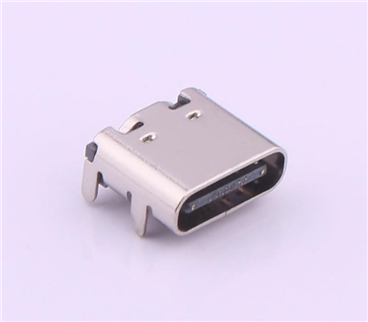
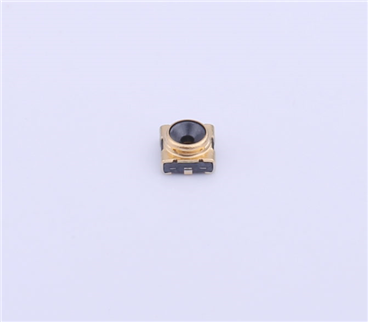




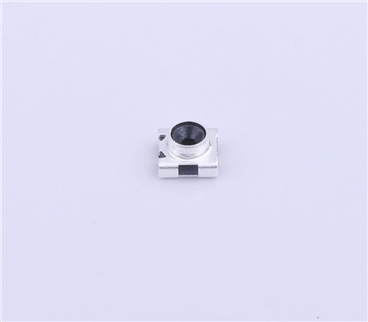
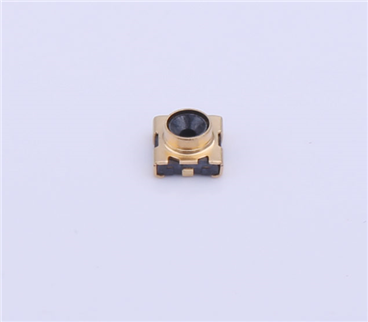
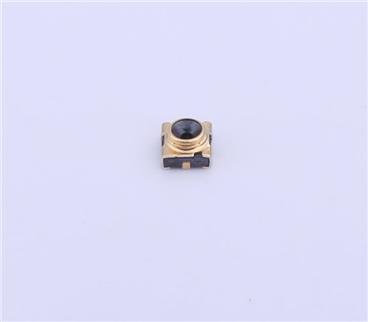
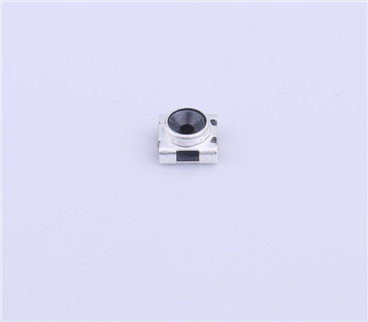
Copyright © Shenzhen Kinghelm Electronics Co., Ltd. all rights reservedYue ICP Bei No. 17113853
